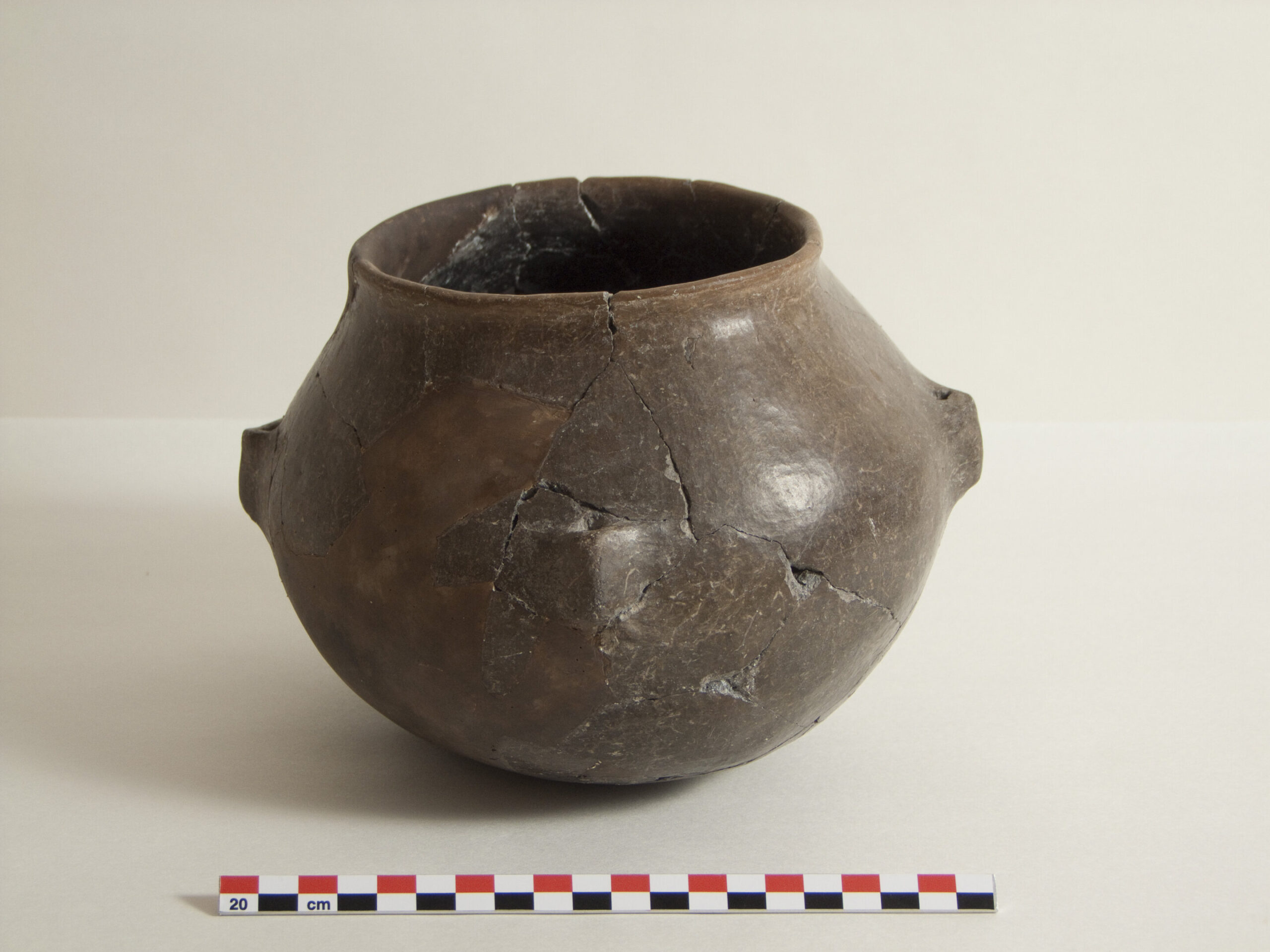For archaeologists, deciphering the stories of the past goes beyond analyzing artifacts themselves. Organic materials trapped within these artifacts offer invaluable insights into the lives of bygone eras. A recent study by Dr. Adrià Breu Barcons and Assoc. Prof. Rana Özbal from Koç University sheds new light on this field by introducing two novel biomarkers found in ancient pottery.
Published in the Journal of Archaeological Science, the research focuses on pottery fragments unearthed from Neolithic sites (roughly 7,000-8,000 years old) across the Mediterranean region, stretching from Spain to Turkey. While analyzing these fragments, the researchers stumbled upon unusual organic compounds that couldn’t be explained by typical fat-and-heat interactions.
“We encountered residues in some samples that defied explanation,” explains Dr. Barcons, the study’s lead author. “Our initial thought was that these might be linked to unconventional cooking techniques that altered the fats through extreme heat.”
The ever-evolving landscape of archaeological technology provides researchers with increasingly sophisticated tools for chemical analysis. This allows for a deeper understanding of ancient artifacts and the practices associated with them. Through meticulous chemical investigation, Dr. Barcons and Assoc. Prof. Özbal identified two previously unknown chemical reactions triggered by high heat that alter fats.
To validate their findings, they conducted a series of experiments. They recreated potential prehistoric cooking scenarios by combining organic ingredients like olive oil and olive leaves with replica pottery fragments. These samples were then heated for varying durations and at different temperatures.
The analysis of the residues left behind confirmed the researchers’ hypothesis. They successfully replicated the presence of both previously unidentified components on the pottery fragments, proving that these signatures were indeed indicative of prolonged heating in ancient times.
“These newly identified compounds are not naturally occurring,” explains Dr. Barcons. “Their presence signifies exposure to high temperatures, essentially acting as a fingerprint for ancient pottery that has been in contact with fire. Through our laboratory heating experiments, we were able to not only replicate these novel chemical compounds found in archaeological pottery but also discover previously undocumented ones.”
This groundbreaking research broadens the horizons of archaeological analysis by introducing two new biomarkers for studying ancient pottery. While the presence of heat-degraded animal fats in pottery wasn’t entirely new, this study unveils two unique lipid types never before identified. Archaeologists can now re-examine their existing datasets to see if these novel molecules are present in their pottery collections.
These new biomarkers offer a powerful tool for piecing together the culinary practices of our ancestors. By identifying the types of fats used for cooking and the temperatures at which these processes occurred, archaeologists can gain invaluable insights into the diets, technologies, and cultural practices of past societies. As Dr. Barcons and Assoc. Prof. Özbal’s research demonstrates, the seemingly unremarkable remnants of ancient meals trapped within pottery shards hold the key to unlocking the secrets of the past.
Source: Koc University
